How does the 171 series thermocouple sensor work based on the Seebeck effect
The working principle of thermocouples is based on the thermoelectric effect, specifically the Seebeck effect. When two different metals or alloy materials are connected together and there is a temperature difference at the connection point, an electromotive force is generated between them due to the different thermoelectric coefficients of the two metals or alloys. This phenomenon is called the Seebeck effect. In thermocouples, this temperature difference is usually caused by a temperature difference between a hot end (measuring end) and a cold end (reference end). When the hot end is subjected to a temperature change, a thermoelectric effect is generated between the two metals, generating a small potential difference. This potential difference can be measured and converted into a temperature reading.
Relationship between the electromotive force generated by thermocouples and temperature
The electromotive force generated by thermocouples has a specific relationship with temperature. This relationship can be expressed by the thermoelectric EMF-temperature characteristic curve. For different types of thermocouples (such as N, K, E, J, T, S, etc.), the characteristic curves are different because each thermocouple uses a different combination of metals. These characteristic curves are usually provided by standard organizations (such as the International Electrotechnical Commission, IEC) and can be obtained through experimental measurement and calibration.
In cases, the relationship between the voltage output of a thermocouple and the temperature can be approximated as linear or nearly linear. This means that within a certain temperature range, the change between the voltage output of the thermocouple and the temperature is proportional. However, in temperature ranges, this relationship may be nonlinear. Therefore, in high-precision applications, it may be necessary to use a more accurate mathematical model or perform a more detailed calibration to accurately describe this relationship.
Take the K-type thermocouple as an example, which is composed of nickel-chromium alloy (negative electrode) and nickel-aluminum alloy (positive electrode). The relationship between its thermoelectric potential and temperature can be expressed by the following linear approximation model: V=V0+(S×T), where V is the voltage output of the thermocouple, V0 is the voltage output of the thermocouple at a certain reference temperature (usually 0 degrees Celsius), T is the temperature (degrees Celsius), and S is the sensitivity coefficient of the thermocouple.

 English
English русский
русский 简体中文
简体中文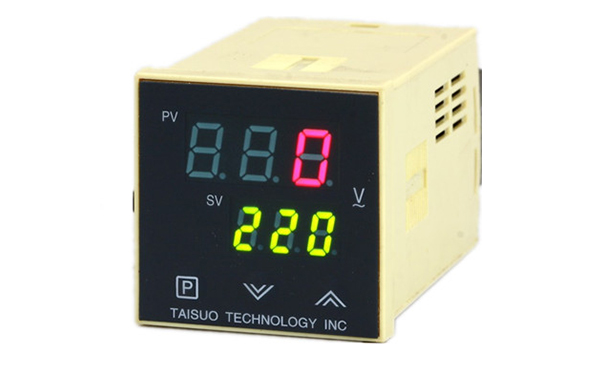
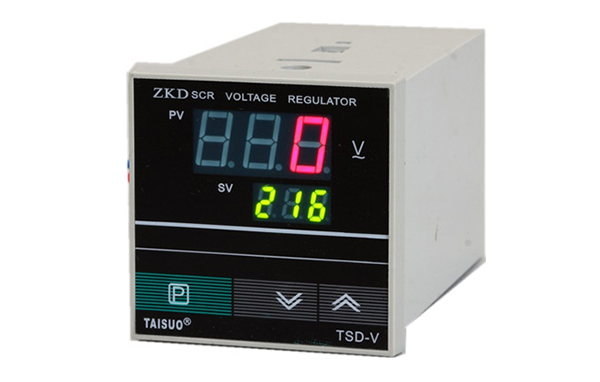
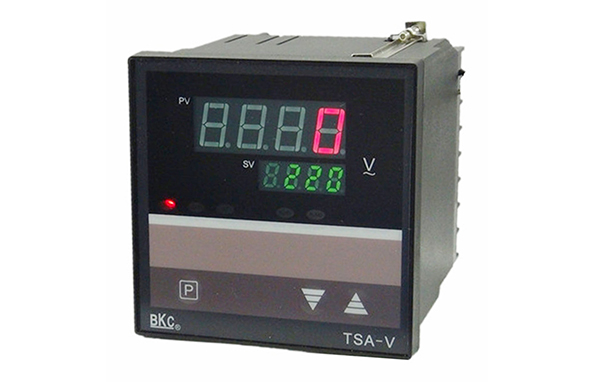


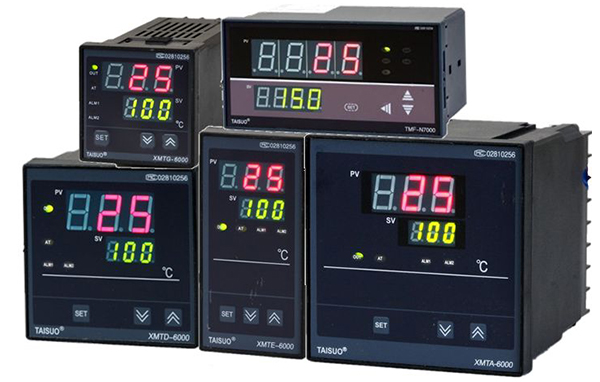
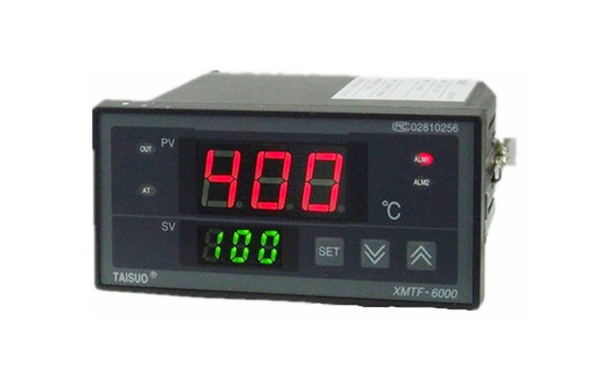
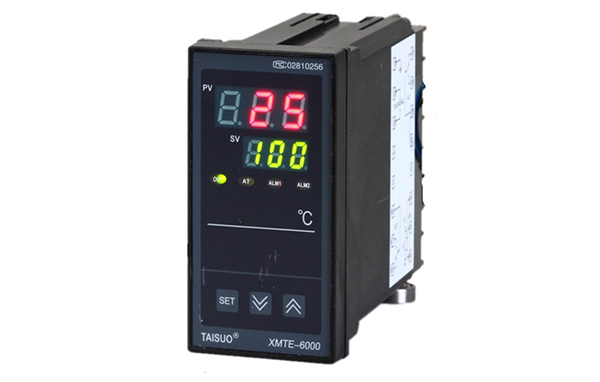
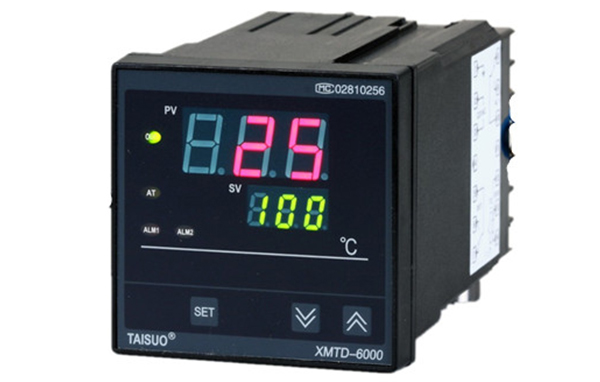

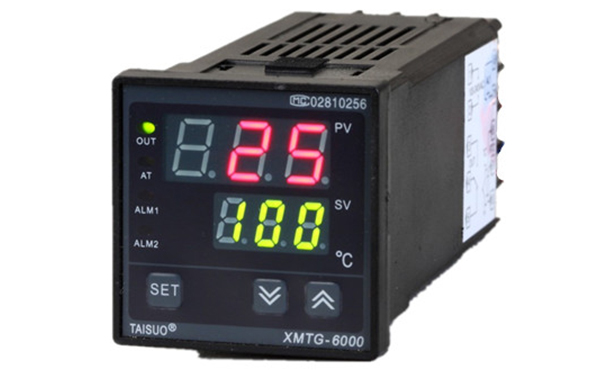


 Ins: tai_suo
Ins: tai_suo

